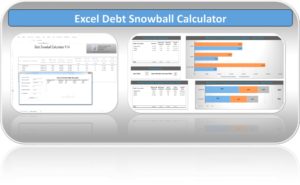For many when starting their new job thought of participating in a 401k plan was exciting. A place to store thousands and thousands of dollars, safe and secure, awaiting retirement. Then life happened. The transmission went out. Your son broke his arm. The tree fell onto the house. And that was just last month! Now what? Well, you invade the 401k, of course. But, as a wise man once said, “It is characteristic of wisdom not to do desperate things.” So, before we do desperate things, let’s look at some of the pros and cons of taking out a fidelity 401k loan.
Taking A Fidelity 401k Loan – Pros & Cons
First the pros:
- 401k loans are fairly easy, if your employer offers it. Actually, it is almost too easy. Please remember, you are borrowing from your future. Your entire retirement may depend on the precedent set by you on this matter.
- No interest. If you do pay interest, it goes right back into the account. That’s a pretty good price to pay for money.
- No formal application to fill out and no waiting for approval. Since there is no credit check or waiting lines at the bank, the process can be done very quickly.
Now the cons:
- Human behavior. Yes, this is what gets us all. We are capable of deceiving ourselves into thinking, “just this time”. “It will never happen again”. Well, it generally does happen again. And when it does, we may wish we
had acquired the funds from a different source. This leads us to our next bullet……
- A 401k loan default. If you terminate your employment, your loan will need to be paid back almost immediately. If you don’t pay back the loan, the borrowed funds are considered a 401k distribution. And you will have federal income tax due on your tax return, and also a 10% penalty to boot.
- Possible unforeseen fees. Pay attention to the fine print and ask questions. Several times.
- Loan Limits. Most often the amount you can borrow from your 401k plan is the lesser of $50,000 or 50% of your plan balance.
- You will have to pay it back. Now that statement seems obvious, but repeat the phrase, “I will have to pay this back” repeatedly before you initiate the paperwork.
- Not all plans allow for 401k loans. Even though the law allows borrowing from a 401k, your employer doesn’t have to.
401k Loan Fidelity – What are some alternatives?
- First, do you really need the money? Is a 401k loan absolutely necessary? Absolutely?
- Can you borrow the money from a family member?
- Can you sell something of value that you don’t really need anymore? This is often the best way to raise some cash.
- Have you considered a home equity loan?
- Can you extend the current debt that you’re borrowing against your 401k for?
- Do you have any low-interest credit cards? Yes, credit cards. Really. Not all would agree, but in most situations I would advise the use of a credit card rather than taking out a 401k loan.
Yes, 401k loans are fairly straightforward. You borrow the money from yourself, and you pay it back over time. You can do it. It is legal, but just remember that you may not like the consequences.




